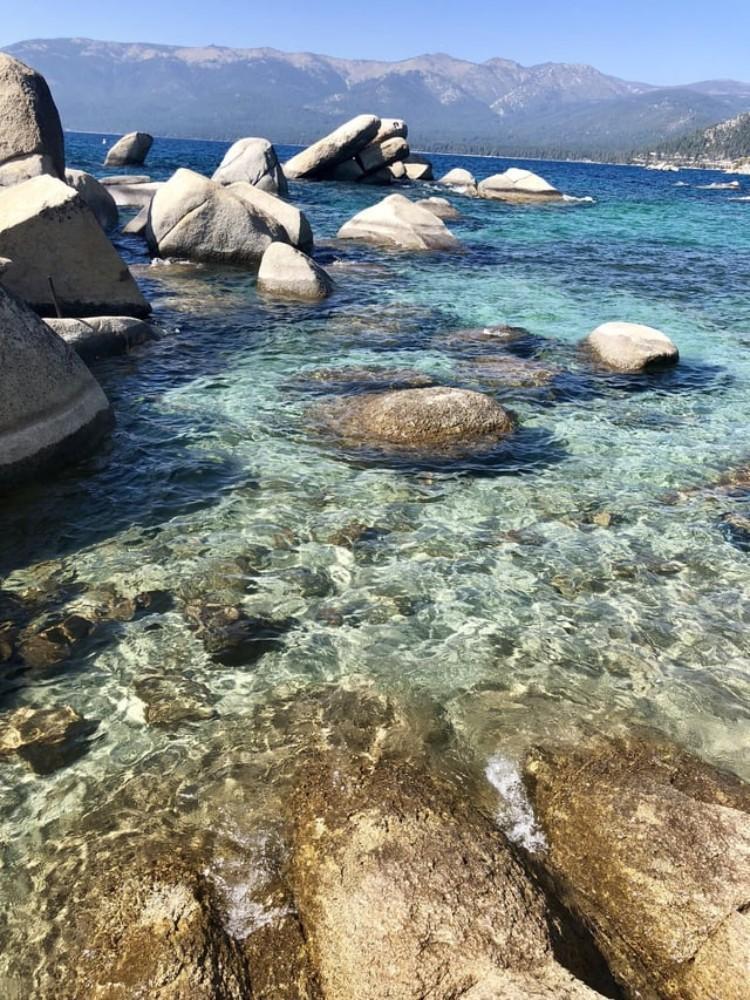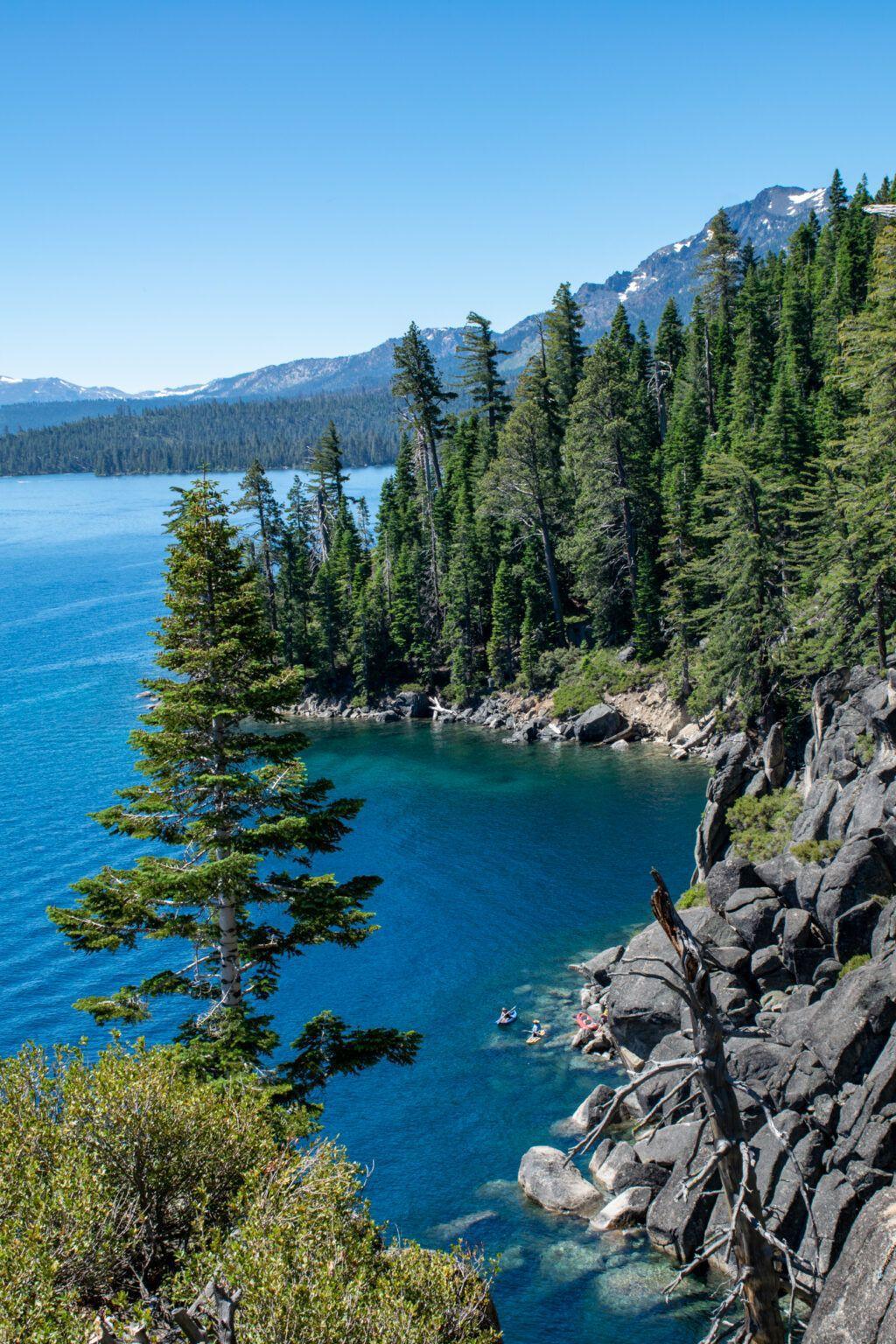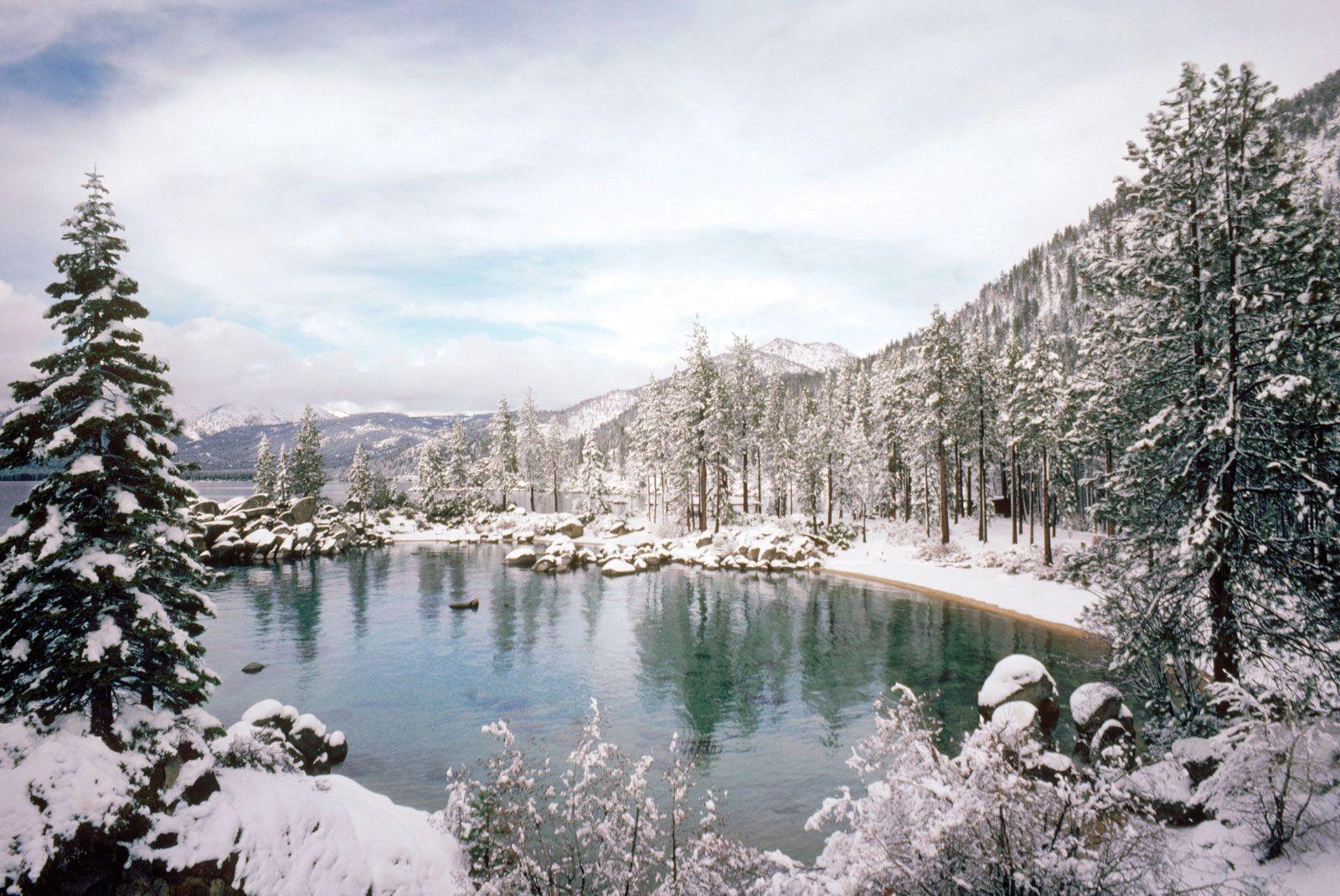Local Legend Claims Lake Tahoe Holds Perfectly Preserved Bodies at its Depths
Rumor has it that there are lots of human bodies lying at the bottom of Lake Tahoe. Shocking, right?
The more surprising part, however, is that these corpses, which have been there for hundreds of years, have remained almost intact for centuries. Though unbelievable, there are reasons why this could be true.
The Word Around the Lake
Lake Tahoe is the pride of Nevada and California. Lying on the border between these two states, the lake is known for its blue water and relaxing beaches. But secretly, a few people know it for more than that.

Source: atc090/Reddit
It is strongly believed to house hundreds of bodies. Most of these are mob victims, drowned Chinese railway workers, and from the typical drowning accidents that happen in lakes of Tahoe’s size.
Depth Factors Into the Equation
Lake Tahoe’s depth also contributed to the alarming number of casualties it is known to have recorded. With an average depth of 1,000 feet and a maximum of 1,645 feet, the lake is deeper than it looks, making it more difficult to retrieve sunken bodies.

Source: westcoastwayfarers/Pinterest
Sunken corpses are expected to float to the surface of a lake after a while. But with Lake Tahoe, things are different—bodies that have drowned there fail to emerge.
Holding on for Dear Afterlife
Although the human body shares a similar density as that of water, the air in our lungs helps us stay afloat. When someone passes out and loses oxygen, they begin to sink.

Source: westcoastwayfarers/Pinterest
After a while, the bacteria in the chest becomes active, releasing gas that fills up the body and makes it float again. Unfortunately, Lake Tahoe doesn’t allow this to happen.
Not a Ripe Environment for Bacteria
Lake Tahoe often has icy temperatures. This condition makes it difficult for bacteria to do what they do best—multiply. Without the action of these bacteria in the lungs, drowned bodies find it difficult to float.

Source: Encyclopedia Britannica
For this reason, many corpses are unrecovered and remain at the bottom of the lake. However, the slow pace of decomposition means that they are also preserved. Unfortunately, the depth of the lake makes rescue attempts difficult and dangerous. Hence the speculations that have largely continued unchallenged.
